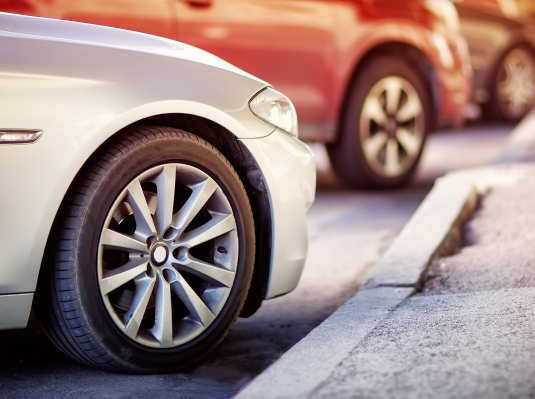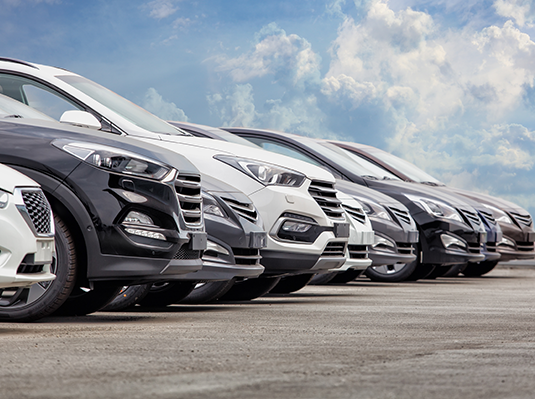
Does insurance allow for rideshare and delivery driving?
More insurance companies are allowing coverage as these types of jobs become more commonplace. Speak to your insurance agent and make sure you are with an company that allows you to use your vehicle for these types of services. If your provider doesn’t allow it, you will want to switch immediately to one that does.
What is a rideshare endorsement?
Once you’ve confirmed your car insurance is accepting of your new side hustle, you will want to make sure there’s specific coverage added to your policy for it. If you decide to do Uber, Lyft, or anything that requires you to bring clients inside your car, there will be more restrictions or requirements versus just doing delivery services and you will need to add the rideshare endorsement to your policy.
We’ll talk about delivery services first, as they are much simpler. You just need to make sure you tell your agent or carrier that you will have a logo on the outside of your car and that you are going to be using higher mileage. This should be a minor change and a potentially small rate increase but is necessary in the case of a claim.
If you are going to have passengers, there are some additional complications, so it’s crucial that you start with that rideshare endorsement. For example, Uber and Lyft will have a policy for their drivers but it mainly covers the damage you may do to other people and their vehicle, but they will not pay for your car’s damage. If you have the rideshare endorsement, you will now be covered assuming you also carry collision coverage on your policy.
Example: You are driving a passenger around for Uber when you accidentally rear end the car in front of you at a stop light. Your car insurance will cover the damage you do to other people and their vehicles only if you have that ride share endorsement, and they will only cover damage to your vehicle (assuming you have collision coverage) if you had that endorsement. So not telling your agent can only hurt you as your claim will be denied when they find out you do ride share and didn’t inform them.
Another common issue to consider is that Uber and Lyft only offer liability coverage when you are actively driving for them. So if you are just logged into the app but doing personal errands, they will reject any liability coverage and you will need to have it on your personal auto policy. Uber and Lyft provide pretty low liability limits on their policies for Liability. According to Uber they provide $50,000 per person for injuries and $100,000 for all the injuries in the accident. This is much lower than what a good agent will recommend for liability coverage and will likely not cover the majority of injuries you could cause to someone in a car accident. Read more about Uber’s insurance policy here.
There are a lot of complications when it comes to using your vehicle for ride share or delivery services, so make sure to talk with a licensed insurance agent to ensure you are being covered properly. Now that you know the common problems to avoid, you can feel comfortable when your working your side hustle.
The contents of this article are for informational purposes only. You should not act or refrain from acting based on this information without first consulting a Goosehead licensed agent. We disclaim all liability for actions taken or not taken by you based on the contents of this article which is provided "as is." Goosehead makes no representation that this content is error-free.


